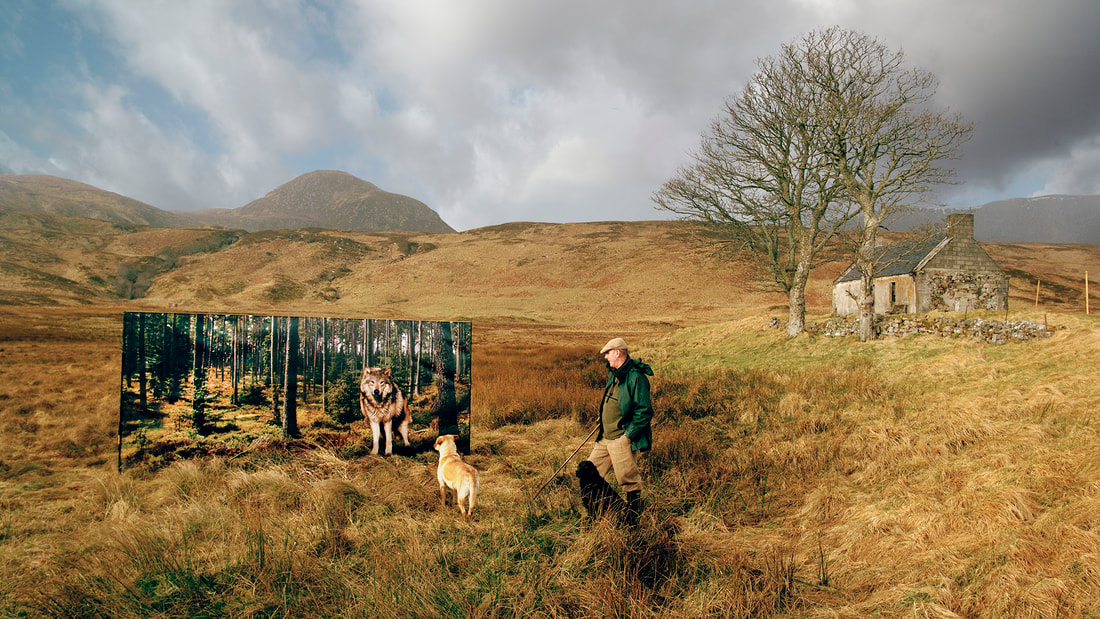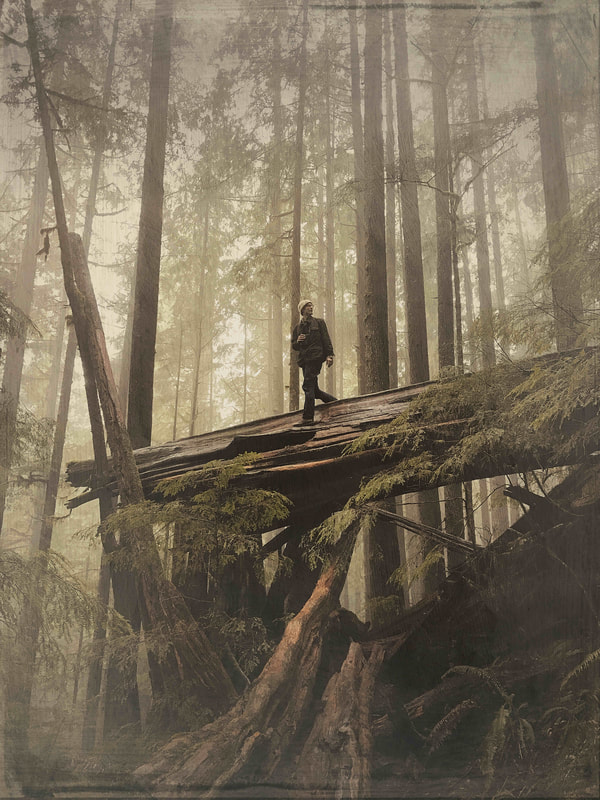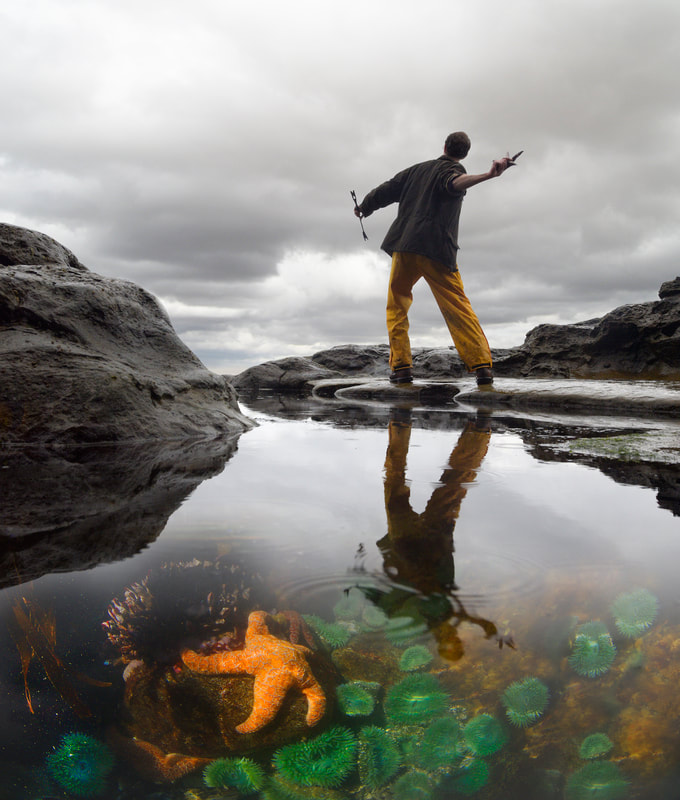|
We reached out to our Jackson Wild Media Awards filmmakers to ask them five questions about the experience of making their films.
What inspired this story? Director Nicolas Brown: This story was inspired by the book “The Serengeti Rules” by Sean Carroll, who had started his research after making a trip to the Serengeti and his kids asked him “how come this place has so much more wildlife than anywhere else?” He didn’t learn the answer until he started talking to the people this film is about. Describe some of the challenges while making this film. NB: The science behind the film is intensive, controversial and in many respects brand new, so we had to learn a lot about ecology in a short period of time. (In development we had three PhD’s on our research team). This is also a story with a lot of characters and storylines that cover the entire globe. The hardest part was deciding what not to film! We also were unconvinced there was a way to knit together all of these diverging threads in different ecosystems. In the end we narrowed it down to just 5 scientists and locations, and that is the story that emerges. How do you approach science storytelling? NB: We feel it is essential that audiences be given an emotional connection to the story, especially when the subject matter is as intellectual as this is. In this case we used dramatic reconstruction to draw people closer to the key characters. We hope that you, the viewer will fall in love with nature just as our characters did. We also feel the science is easier to comprehend if you have a fully rounded human being that you can identify with and follow through the story. We let our characters tell their personal journeys without resorting to narration. This unfiltered approach is a way of showing the audience respect, and trusting that they will figure out the difficult bits on their own. What impact do you hope this film will have? NB: In some ways the film is already having the impact we hoped for most, and that is inspiring younger people—especially those aged 10- 21—to fall in love with ecology. Biodiversity loss and extinction are depressing issues, so it is important that we project a story that also has some hope. We notice that young audiences are really latching onto this positive message. Ultimately, we hope that the science and the people will inspire everyone who watches the film. The best quotes-- and we’ve heard this more than once--come from 11 year olds saying, “When I grow up I want to be an ecologist!” Were there any surprising or meaningful moments/experiences you want to share? NB: Early in the process we knew we had to film the man who got this story going: Bob Paine. We’d set a date to make him the first person we would interview. But not long after agreeing a date, Bob called us to say that he was ill, but was still eager to take part in the film. Then, just a week before the interview, Bob’s daughter called to say he might not live to see the morning. We were shocked, and more than a little depressed. We cancelled our plans to film Bob, and were considering cancelling the whole film when Bob emailed. He said that he wanted to film with us no matter what. He wanted to get this story out there. On the day we arrived, Bob had just a matter of minutes per day where he was even awake and able to speak. He gave us 20 minutes per day on two consecutive days to interview him. Can you imagine, being on your deathbed, in agonising pain, willing to talk to a film crew? You see, for Bob his work was so much more than a job. It was his passion and his mission, and he wanted to share what he had learned right up to his dying breath. He passed away less than a week after we finished the interview. The film is dedicated to his memory. Anything else you would like people to know? NB: If you care about nature, about animals, and about biodiversity, then you need to know how nature works. The 5 scientists in this film helped to crack the code, and it appears that these rules apply everywhere we’ve looked. So predators matter, keystone species matter, and if we are to have any hope of holding onto planet Earth’s remarkable biodiversity, we are going to have to apply this knowledge. That means protecting species—especially predators—and also re-wilding them when they go missing. What next? NB: The next step for us is to get this film distributed as widely as possible. We have plans to get it into schools and classrooms. And we hope to find distribution to the widest possible audience. When it comes to impact... NB: This film is about science, therefore the first call to action is to get involved in "citizen science"-- which is available on the HHMI website. The idea of "tolerance" is another great starting point-- we hope people become advocates for predators such as wolves, blue crabs, sea otters, bass, or other keystone species. Finally, the main aim of this film is to encourage young people to fall in love with nature, and follow up that passion with a career in ecology. Bob, Jim, Mary, John and Tony are great role models in this regard. When it comes to visualization... NB: We wanted to tell the story of falling in love with nature. Therefore, we used a mix of drama reconstructions and historical footage to bring this experience to life for our audience. Period costumes, actors, vintage cars, props-- we combined all the tools of drama with the beauty of natural locations. Look for the director who appears several times as a double for John Terborgh and Jim Estes, shot with vintage super 8mm film.
0 Comments
Leave a Reply. |
Archives
March 2024
Categories
All
|
Contact UsJackson Wild
240 S. Glenwood, Suite 102 PO Box 3940 Jackson, WY 83001 307-200-3286 info@jacksonwild.org |




 RSS Feed
RSS Feed